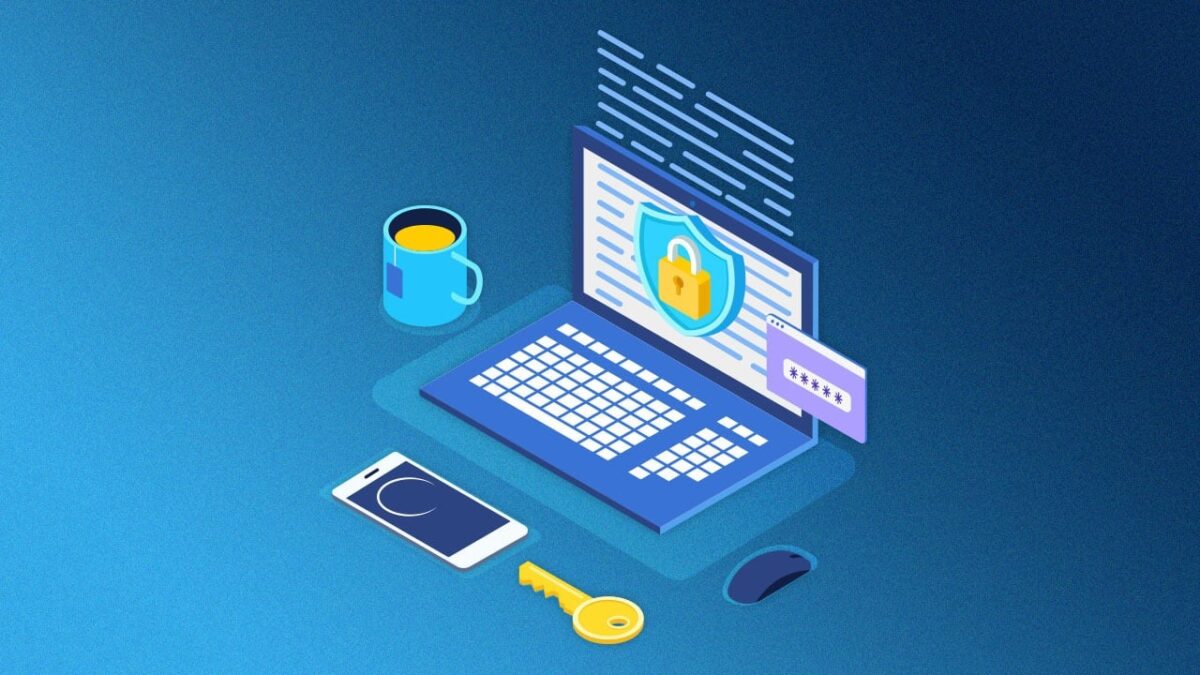
Lock your thoughts away – Secure your online notes with powerful features
We record more intimate life details digitally now than ever through online journals, cloud-synced task notes, and various web services retaining sensitive data inputs. These online snippets paint deeply personal profiles of our habits, associations, and private thoughts inadvertently exposed to troubling threats from hackers and insider risks. So, as online notetaking becomes integral for productivity and memory retention via tools adequately safeguarding those unlocked insights against exposure remains imperative for every user. Thankfully, modern online notepad platforms incorporate powerful security capabilities allowing us to tightly lock down private notes behind encrypted barriers only you retain the keys to open when needed.
Access PIN locks
To begin with fundamental access controls, platforms like Google Keep permit setting password requirements for launching the entire app itself. Beyond account login credentials anyone could guess, access PINs provide secondary verification all data remains encrypted and illegible without re-authenticating explicitly. So, even accessing unlocked devices only shows meaningless scrambled text, guarding curiosities over shoulders. PINs also generally strengthen encryption keys securing notes locally by combining with complex device identifiers and biometrics making stolen files non-exportable.
Note or section permissions
Advanced online notepads let users fine-tune access controls down to the individual note or section level through permissions settings. Basic reading rights get separated from abilities to edit, share externally, download copies, or even print notes flagged as sensitive. Group management fits enterprise needs allowing teams access to project notes only. But personal locker spaces stay private permitting candid risk-free journaling alongside. Discretionary access functionality empowers true selective privacy.
Block external sharing
Additionally, some users share notes publicly more than intended, which raises privacy concerns long-term. Platforms resolve this simply via global toggle controls fully disabling external sharing functionality if desired for entire notebook spaces. It offers peace of mind personal notes stay locked down within your encrypted account by policy eliminating accidental open publish rights. For those who want to err conservatively on the privacy side, blanket external sharing disabled bolsters confidentiality substantially.
Close background sync holes
However, advanced online notepads incorporate additional sync pathways beyond your primary device ecosystem that could undermine privacy slightly if left unattended. Resolving this, note disables external iCloud access by policy while Google Keep allows selective sync disabling for other platforms. Turning off unneeded sync pathways locks out secondary account breaches better. The principle of least access prevails.
Online note-taking delivers the flexibility to record fleeting thoughts from any device safely backed up in the cloud. Such mobility and accessibility only stay protected long term if leveraging powerful security features and insulating sensitive notes from unnecessary exposure threats. Thankfully, robust encryption options, access controls, and external sync toggles all help responsibly safeguard private journals, task lists, and dashed creative ideas from unintended eyes. Configuring a few policies substantially hardens online notepads without compromising collaboration.
Remember that while cloud services promise improved recoverability protecting accidental data loss from device failures, expanded attack surfaces also introduce new privacy threats if users get complacent. Employ provided security tools judiciously, limit sync connections selectively and consider local encryption alternatives to match comfort levels with your private online notes’ vulnerability. Take a closer look at Visit here for more info about online note.






